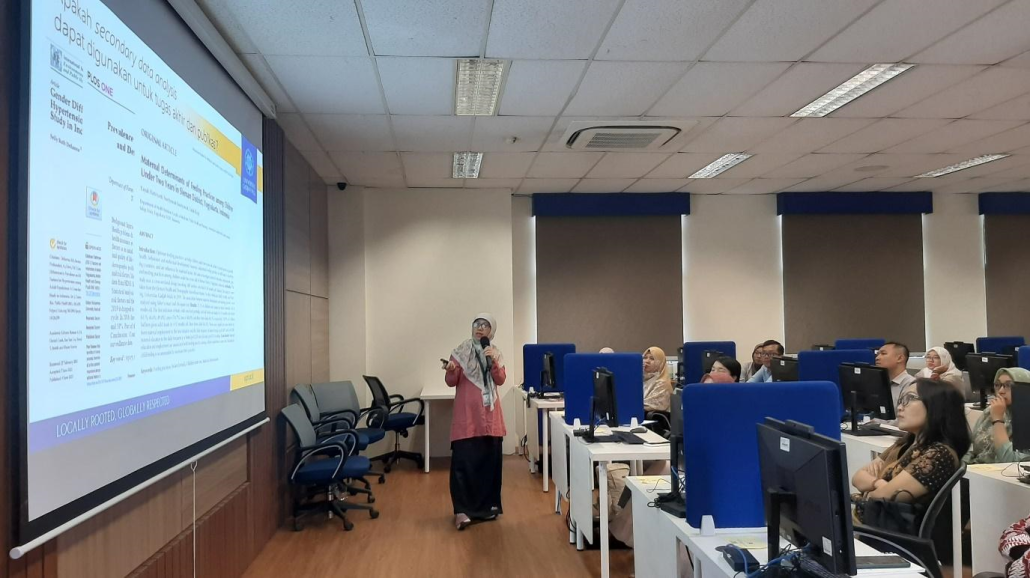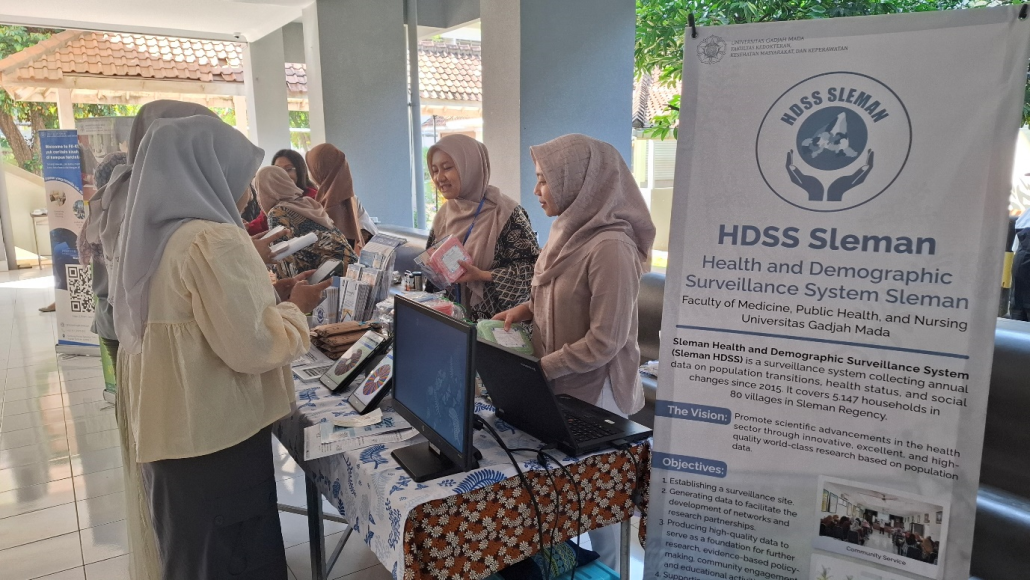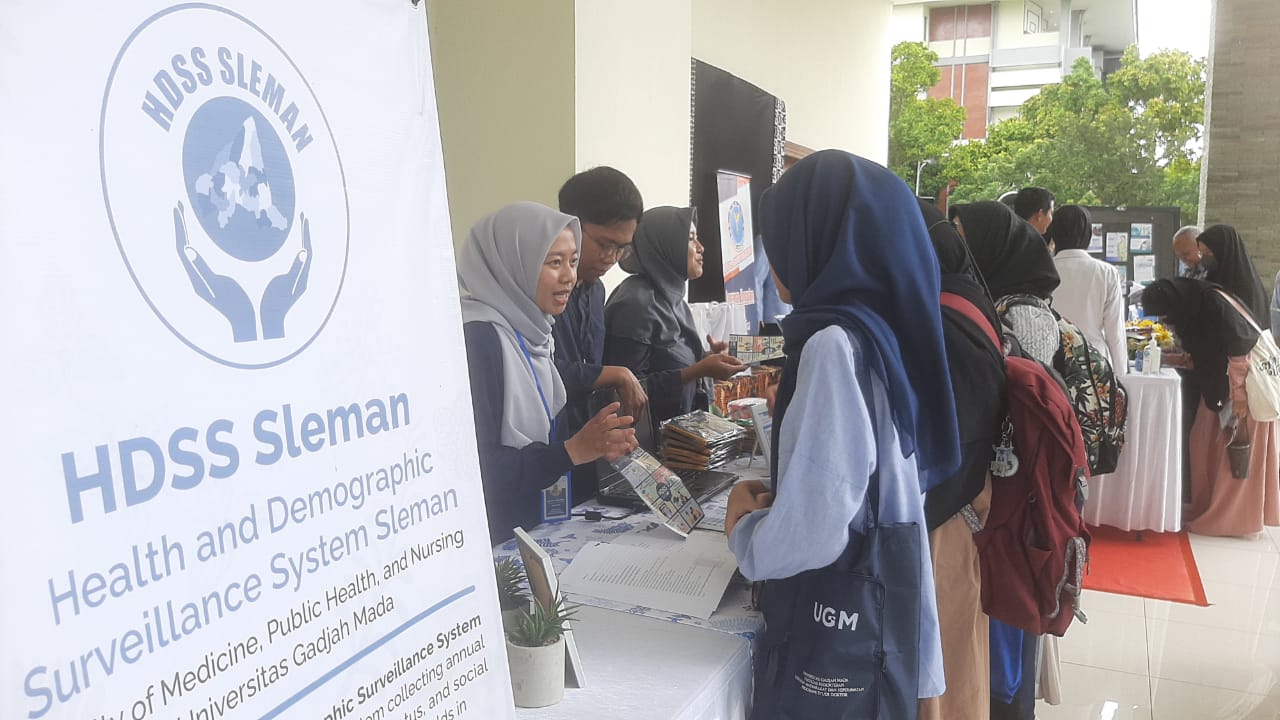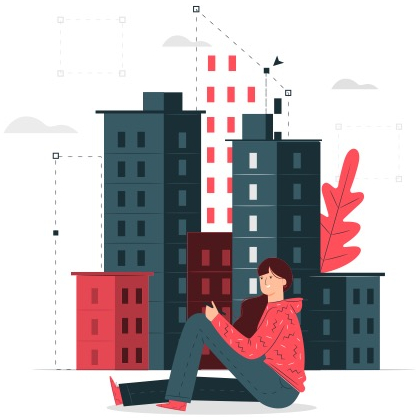
Pada tanggal 2 Maret 2025, Health and Demographic Surveillance System (HDSS) Sleman melakukan diskusi dari Dr. Julia Schroders, dosen dan peneliti dari Umeå University, Swedia. Pertemuan ini menjadi langkah strategis dalam memperkuat kolaborasi riset internasional yang mendukung pengembangan ilmu kesehatan masyarakat berbasis data lokal.
Dalam diskusi hangat yang berlangsung secara daring tersebut, dibahas rencana keterlibatan dua mahasiswa program studi kedokteran dari Umeå University yang akan menggunakan data mikro HDSS Sleman sebagai bagian dari tugas akhir mereka. Kedua mahasiswa ini akan melakukan analisis data mikro HDSS Sleman untuk menjawab pertanyaan penelitian seputar kesehatan masyarakat di Indonesia, khususnya di Kabupaten Sleman.






